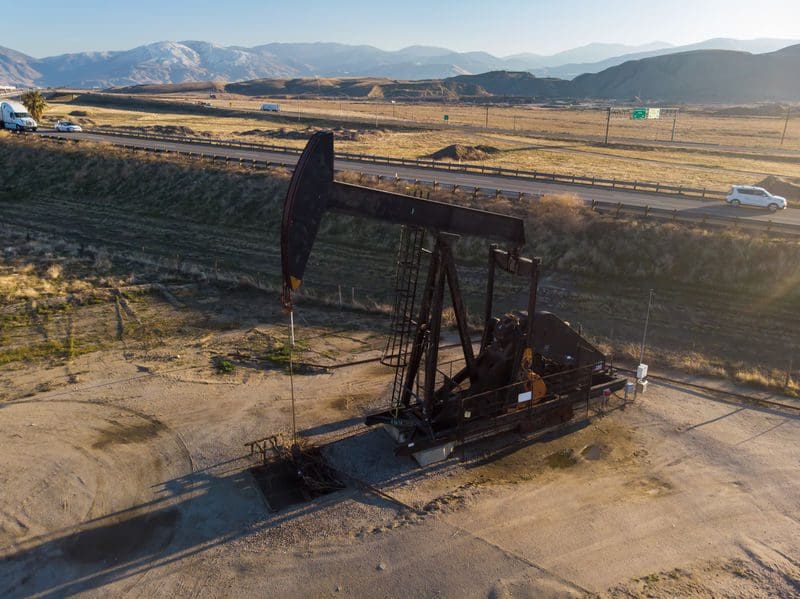Austin, TX – Enverus, the leading oil & gas SaaS and data analytics company, has released its latest FundamentalEdge report, Pumping the Brakes. This market outlook service presents Enverus’ current view of crude oil, natural gas, and NGL fundamentals and where they are headed over the next five years.
“The United States is the world’s number one producer, and that comes with a whole new set of responsibilities for tight oil producers,” said Jesse Mercer, Senior Director of Crude Market Analytics at Enverus. “As the driver of global supply growth, U.S. tight oil producers have to simultaneously focus on the road ahead, as well as what others are doing. OPEC and allied non-OPEC producing countries decided to yield in order to reduce the size of global inventory builds this year. That is good, but U.S. producers also need to do their part to avoid a crash in prices.”
“That is why everyone right now is pumping the brakes on production even as we continue to have occasional price spikes caused by geopolitical factors,” Mercer said. “The recent increase in tensions between the United States and Iran, and subsequent drop in prices when these tensions de-escalated, exemplifies this perfectly. As soon as the immediate risks to supply were lifted, crude went back to trading in line with the fundamentals.”
In Pumping the Brakes, Enverus’ analysts evaluate leading factors moving crude oil prices, ongoing trade talks with China, Saudi Aramco’s IPO, OPEC production cuts, rig counts, anticipated declines in natural gas production, liquified natural gas (LNG) exports, and the growth of natural gas liquids (NGLs).
Key Takeaways from the Report:
- Crude oil prices trended upwards over the final weeks of 2019, as the U.S. and China took steps toward a “Phase 1” trade deal and OPEC+ agreed to deeper production cuts in the first quarter of 2020. Despite the deeper production cuts and a downwardly revised outlook for U.S. crude and condensate production growth in 2020, global petroleum liquids inventories are still likely to post large builds in early 2020. Ambiguity about whether the new OPEC+ agreement will be extended beyond the end of the first quarter of 2020 may temporarily keep many U.S. producers from increasing capital expenditures, but their caution cannot be expected to last forever. As time progresses, it will be increasingly difficult for OPEC and its allies outside the organization to contain the impact of the growing U.S. production on prices.
- The month of January traditionally settles at one of the highest prices of each calendar year, but due to strong supply (production growth in 2019 and high inventory levels) and a no-show winter, Henry Hub prices set a record low for January 2020. Based on preliminary E&P guidance, a much-needed slowdown in gas production growth is expected in 2020. However, Enverus expects gas prices to remain depressed throughout much of the year including sub-$2.00/MMBtu monthly settlement prices.
- Natural Gas Liquids (NGL) production continues to climb, mainly out of PADD 3, as pipeline projects have come online to move gas out of the region. More pipeline projects are slated to come online in 2020, mainly out of the Permian, to move NGLs to the Gulf Coast. These volumes will be delivered to greenfield fractionators that are slated to hit the market in 2020 and 2021. However, while both pipeline and fractionation capacity are expected to alleviate bottlenecks, Y-grade supply growth is not keeping pace with increases in capacity, creating a risk of over-build in both Y-grade pipelines and Gulf Coast fractionators.
On the operator level, companies are seeing lower costs and higher productivity. Many reported lower 2019 capex with higher production estimates for the year. 2020 capex will be lower than this year, but many are still predicting production growth. Smaller players are struggling with liquidity issues, which will contribute to offsetting continued production growth from the larger operators and majors.
